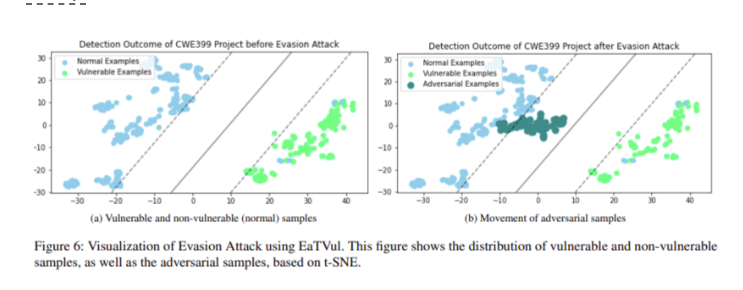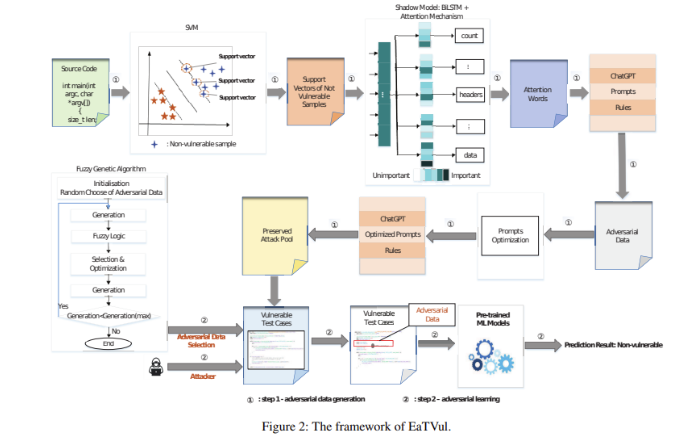Deep learning is widely used in the field of software security, and vulnerability detection systems based on deep learning have become a solid barrier to software security. However, there will always be confrontation between offense and defense in the security field. Today, the editor of Downcodes brings a study on EaTVul, which successfully challenges the existing deep learning vulnerability detection system with its innovative evasion attack strategy. Its superb evasion capabilities are astonishing. Let’s take a closer look at this shocking research result and see how it breaks through seemingly impenetrable defenses.
In this digital age, software security is becoming increasingly important. To discover vulnerabilities in software, scientists have developed detection systems based on deep learning. These systems are like software security inspectors, able to quickly identify potential security risks. But recently, a study called EaTVul gave these security inspectors a slap in the face.
Imagine how scary it would be if someone could make security equipment invisible to dangerous items? Researchers from CSIRO’s Data61, Swinburne University of Technology and Australia’s DST Group have launched EaTVul, an innovative evasion attack Strategy. EaTVul aims to reveal the vulnerability of deep learning-based detection systems to adversarial attacks.
It can cleverly modify vulnerable code to trick detection systems into thinking everything is normal. This is like putting an invisible cloak on dangerous goods and deceiving the sharp eyes of security inspections.
EaTVul has been rigorously tested and has an astonishing success rate. For snippets longer than two lines of code, it achieved a success rate of over 83%, and for snippets of four lines of code, the success rate was even as high as 100%! In various experiments, EaTVul consistently manipulated model predictions, exposing significant weaknesses in current detection systems. loopholes.

How EaTVul works is quite interesting.
It first uses a method called support vector machines to find key non-vulnerable samples, just like identifying the most confusing questions on an exam. It then uses a technology called an attention mechanism to find out the key features that influence the detection system's judgment, which is like finding out what the examiner values most in answering a question.

It then used ChatGPT, an AI chatbot, to generate confusing data, as if it were making up answers that seemed correct but were problematic. Finally, it also uses a method called a fuzzy genetic algorithm to optimize the data to ensure that they can deceive the detection system to the greatest extent possible.
The results of this study are a wake-up call for the field of software security. It tells us that even the most advanced detection systems can be fooled. It's a reminder that even the most rigorous security systems can have gaps. Therefore, we need to continuously improve and strengthen these systems, just like we need to continuously upgrade security equipment to deal with increasingly sophisticated hackers.
Paper address: https://arxiv.org/abs/2407.19216
Highlight:
? EaTVul is a new attack method that can effectively deceive deep learning-based software vulnerability detection systems, with a success rate as high as 83%-100%.
EaTVul utilizes technologies such as support vector machines, attention mechanisms, ChatGPT, and fuzzy genetic algorithms to cleverly modify vulnerable codes to evade detection.
⚠️ This research exposes the vulnerabilities of current software vulnerability detection systems and calls for the need to develop stronger defense mechanisms to deal with such attacks.
The emergence of EaTVul undoubtedly brings new challenges to the field of software security. This reminds us that in the face of growing network security threats, it is crucial to continue to innovate and improve security technology. Only by continuously improving defense capabilities can we better protect the security of the digital world.